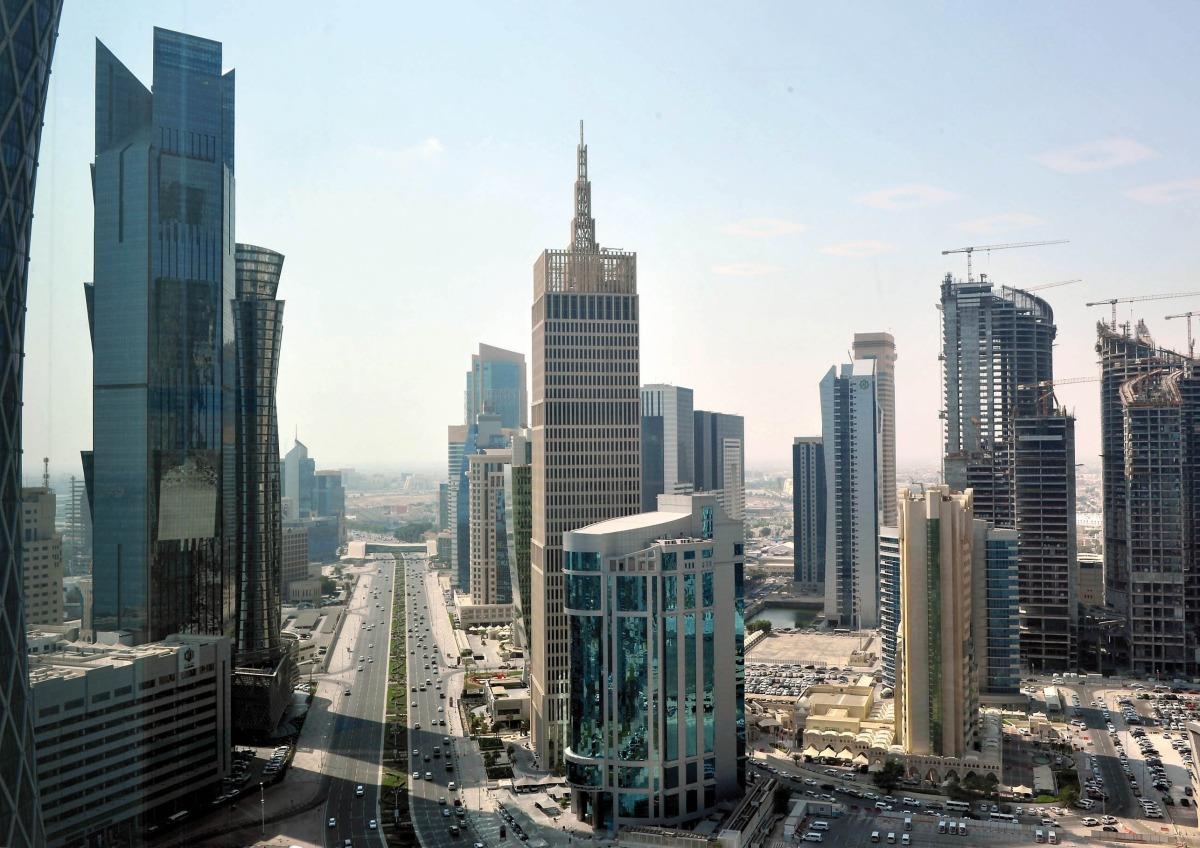
Qatari Banks To Uphold Robust Financial Metrics In 2025: Fitch
Doha: Qatari banks are projected to uphold their robust financial metrics in 2025, despite persisting asset quality pressures, according to a recent peer review by Fitch Ratings.
The sustained strength of oil prices, coupled with growth in the non-oil sector, is expected to enhance the operating environment for banks and facilitate credit expansion. Fitch anticipates that Qatar's real non-oil GDP growth will rise to 3.0% in 2025, as noted in the report.
“We foresee a continued acceleration in bank credit growth in 2025, primarily driven by an overall increase in non-oil economic activity. The asset quality of Qatari banks remains resilient and stable, notwithstanding the ongoing pressures from the real estate and construction industries,” Fitch stated.
Qatari banks' profitability is resilient and was supported by higher interest rates and sound economic activity over 2023–9M24. Loan impairment charges are high, but contained. We expect the impact from lower rates on the sector to be limited.
The banks maintain adequate capital buffers, with the end of the third quarter of 2024 average common equity Tier 1 ratio (15.5%) well above the 8.5% minimum regulatory requirement.
“Qatar's banking sector is the most dependent of the Gulf Cooperation Council countries on non-domestic funding”, Fitch noted.
It would be recalled that Fitch Ratings recently upgraded the ratings of seven banks in Qatar following the country's sovereign rating enhancement. Specifically, the agency raised Qatar National Bank's (QNB) long-term issuer default ratings (IDRs) from 'A' to 'A+' while maintaining the short-term IDR at 'F1'.
Additionally, the long-term IDRs of Qatar Islamic Bank (QIB), Commercial Bank, Doha Bank, Dukhan Bank, Qatar International Islamic Bank (QIIB), and Ahlibank Qatar were upgraded from 'A-' to 'A', with their short-term IDRs also improved from 'F2' to 'F1'. All long-term IDRs now carry a“stable” outlook.
It is important to note that the viability ratings (VRs) and ex-government support (xgs) ratings of these banks remain unchanged. The xgs rating reflects Fitch's assessment of an entity's creditworthiness without considering extraordinary government support.
These rating adjustments are a direct consequence of Qatar's sovereign rating upgrade to 'AA' with a stable outlook, indicating Fitch's belief in the enhanced capacity of Qatari authorities to support the banking sector. The upgrade of Qatar's sovereign rating is attributed to Fitch's increased confidence that the debt-to-GDP ratio will align with or remain below the 'AA' peer median, following a significant decline in recent years, while the external balance sheet of Doha is expected to strengthen from an already robust position. Qatar is anticipated to maintain budget surpluses into the 2030s, largely due to the North Field expansion.
The 'AA' ratings for Qatar are bolstered by substantial sovereign net foreign assets (SNFA), one of the highest GDP per capita ratios globally, and a flexible public finance framework. The IDRs of the seven banks are primarily influenced by sovereign support, as indicated by their government support ratings (GSRs). The“stable” outlooks for these banks align with that of the Qatari sovereign rating. The banks' GSRs, rated 'a', correspond with Fitch's domestic systemically important banks (D-SIB) GSR of 'a', reflecting the agency's view that the Qatari authorities possess a strong inclination to support domestic banks, regardless of their size or ownership structure.
The institutions possess a robust capacity to perform effectively, as evidenced by the sovereign rating along with considerable net foreign assets and revenue. However, this strength is somewhat diminished by the Qatari banking sector's considerable dependence on external funding and its rapid asset expansion in recent years. The 'a' Government Support Rating (GSR) assigned to Qatari Domestic Systemically Important Banks (D-SIBs) is positioned three notches below the sovereign's 'AA' Issuer Default Rating (IDR).
The short-term IDRs of 'F1' for the seven banks represent the lower of two alternatives corresponding to 'A+' and 'A' long-term IDRs. This is primarily due to a substantial portion of the banking sector's funding being linked to the government, which suggests that financial difficulties faced by these banks are likely to arise concurrently with periods of stress experienced by the sovereign itself.

Legal Disclaimer:
MENAFN provides the
information “as is” without warranty of any kind. We do not accept
any responsibility or liability for the accuracy, content, images,
videos, licenses, completeness, legality, or reliability of the information
contained in this article. If you have any complaints or copyright
issues related to this article, kindly contact the provider above.


















Comments
No comment